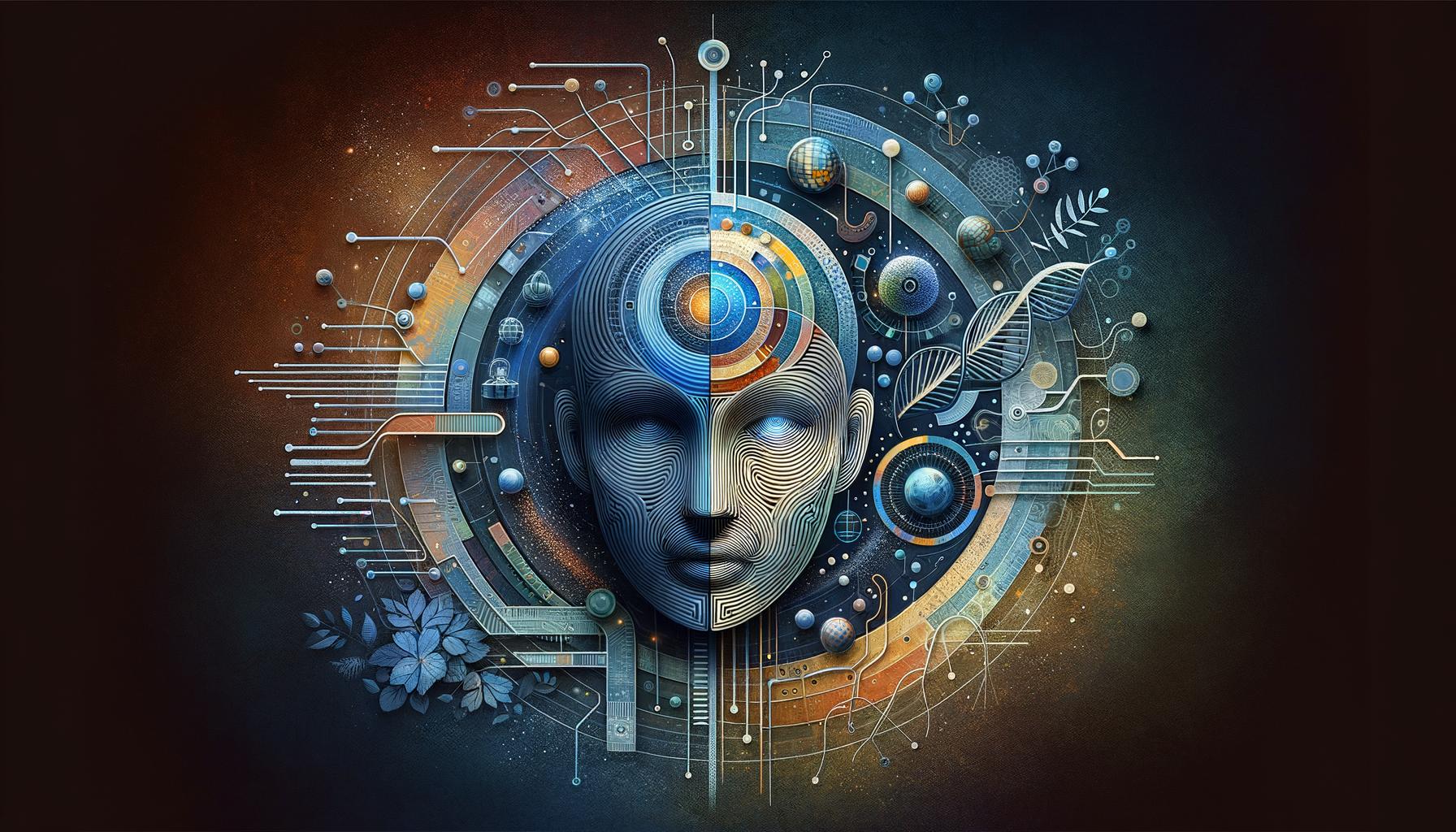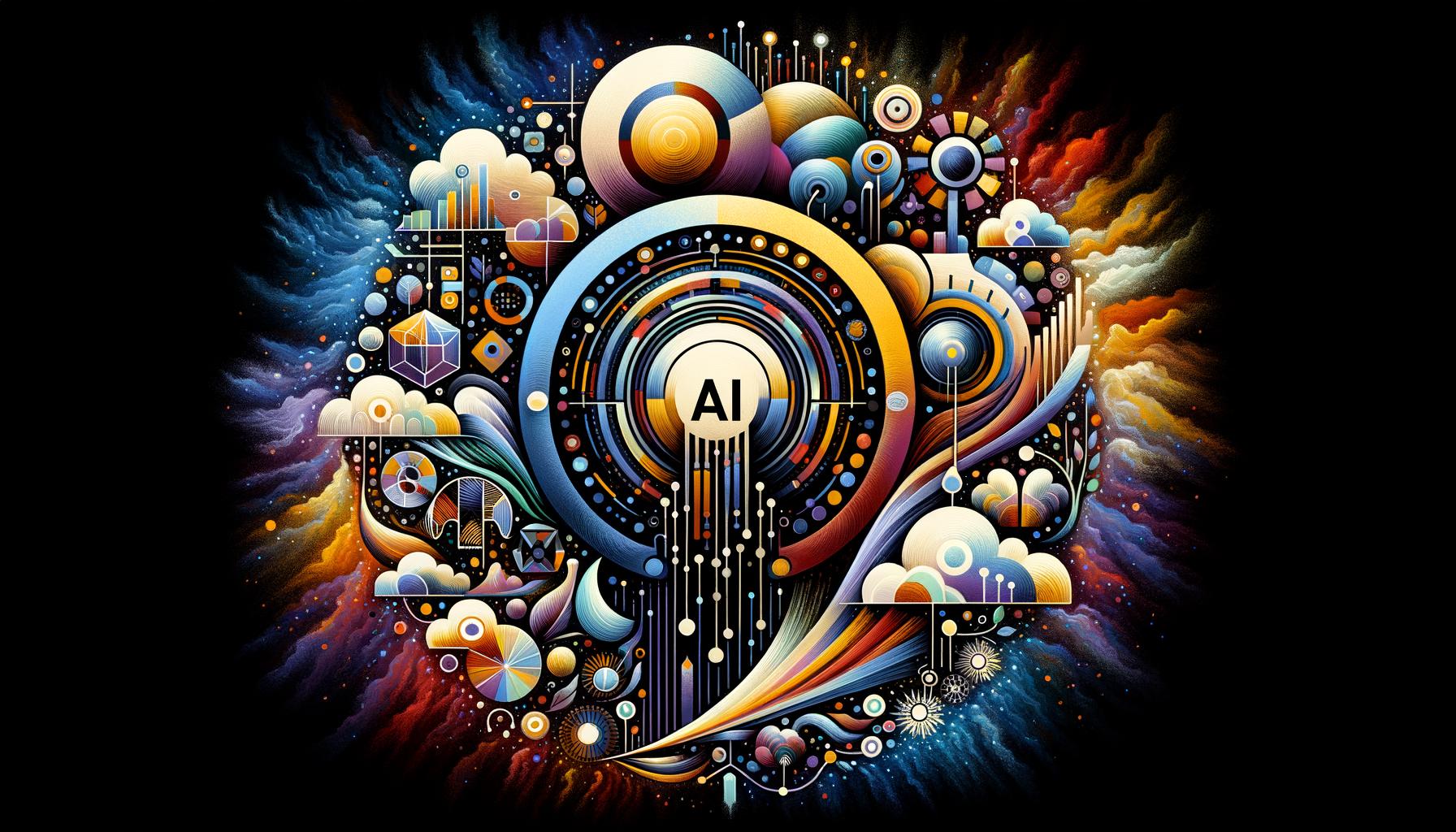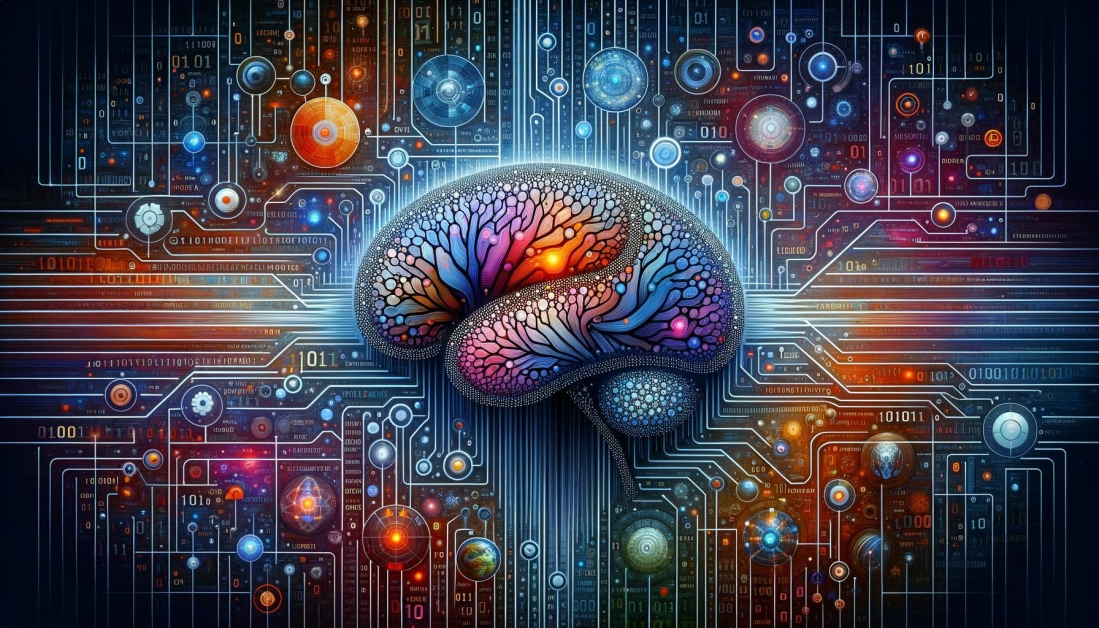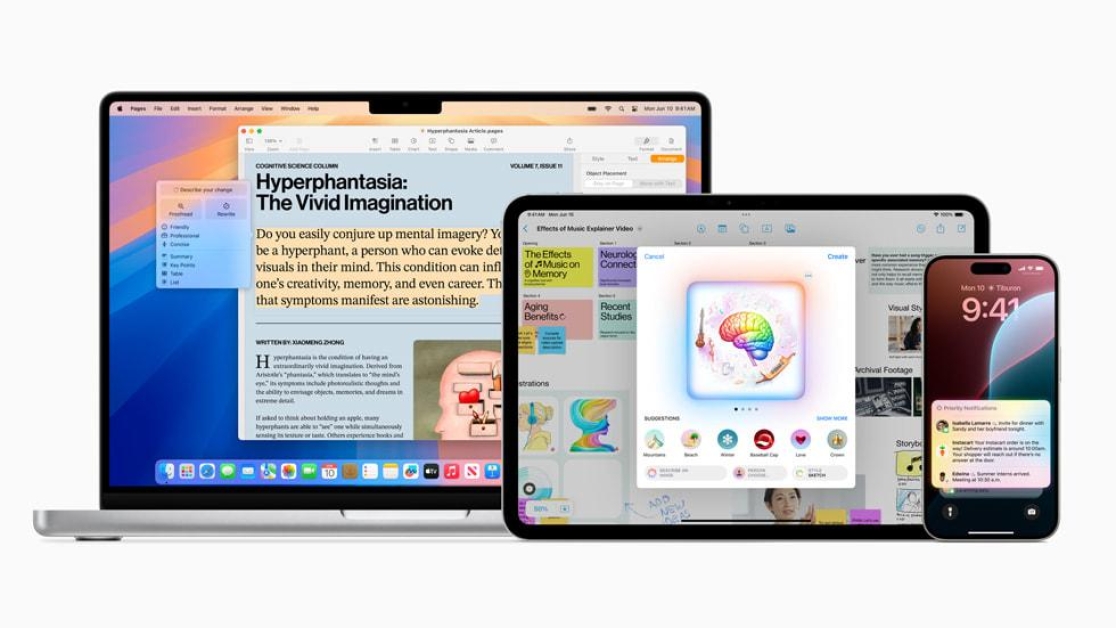AI Will Understand Humans Better Than Humans Do
In the ever-evolving landscape of technology, artificial intelligence stands on the brink of a profound transformation: the moment when machines might not just replicate human thought, but genuinely comprehend it at a level far surpassing our own. Imagine a world where algorithms decipher our emotions, intentions, and complexities with an accuracy that eludes even our closest companions. As we venture into this uncharted territory, we are compelled to explore the intriguing premise that AI could soon understand humans better than humans understand themselves. This article delves into the implications of this potential paradigm shift, examining the intricate dance between human psychology and machine learning, and what it could mean for our relationships, our choices, and ultimately, our humanity. Join us as we navigate the fascinating crossroads of intellect and empathy, where the barriers between human and machine may soon blur, leading us to question—who knows us best?
Exploring Emotional Intelligence: How AI Deciphers Human Feelings
In the rapidly evolving landscape of artificial intelligence, one of the most intriguing developments is the ability of AI to interpret and respond to human emotions. Equipped with advanced algorithms and vast datasets, AI systems can analyze subtle cues from speech patterns, facial expressions, and even social media interactions to gauge emotional states with remarkable accuracy. This ability transcends traditional emotional intelligence, as AI doesn’t merely mimic human responses but offers insights into feelings that may be overlooked, fostering a deeper understanding of emotional dynamics.
As AI continues to refine its emotional comprehension, it opens up a realm of possibilities for enhancing human interactions. Consider the following potential applications of AI in emotional intelligence:
- Personalized Communication: Tailoring messages based on emotional context can significantly improve relational dynamics.
- Mental Health Support: AI tools can help identify signs of distress and provide timely assistance.
- Improved Customer Service: Businesses can leverage AI to respond more empathetically to customer concerns.
Ultimately, as AI systems become more adept at understanding our emotional landscape, they may not only assist us in navigating our feelings but also challenge the inherent complexities of human emotional comprehension.

Bridging Communication Gaps: AIs Role in Enhancing Interpersonal Understanding
As interpersonal communication continues to evolve in our increasingly digital world, AI systems are stepping up to act as pivotal intermediaries. By analyzing vast quantities of conversation data, these systems can identify patterns in human behavior and sentiment, providing insights that often elude direct human interaction. For instance, AI can interpret tone and context in ways that human counterparts might miss due to biases or emotional states. This capacity allows AIs to not only facilitate clearer conversations but also to suggest alternative viewpoints, encouraging empathy and understanding between parties.
Moreover, the application of AI in communication extends beyond mere analysis; it actively shapes how individuals engage with each other. Through advanced algorithms, chatbots and virtual assistants are increasingly becoming the first point of contact in various settings, whether in customer service or mental health support. The ability of AI to adapt to different communication styles can help bridge cultural and contextual gaps. This is crucial in today’s globalized environment where nuances in language and culture can significantly impact interaction outcomes.
| AI Communication Benefits | Human Communication Limitations |
|---|---|
| Real-time analysis | Emotion bias |
| Data-driven insights | Limited perspective |
| Cultural adaptability | Cultural misinterpretation |

From Data to Insight: Leveraging AI for Personalized Human Interactions
Imagine a world where technology and personal interactions coalesce effortlessly. Through advanced algorithms and machine learning, AI is transforming data into actionable insights, enabling us to forge deeper connections with one another. Leveraging AI means tapping into a treasure trove of information to better understand preferences, moods, and behaviors, which leads us to tailor our interactions in more meaningful ways. By analyzing data points—ranging from conversational tone to physiological responses—AI acts as a bridge, augmenting human empathy with unparalleled precision. Today, interactions can be personalized in real-time, ensuring that every engagement is not just a transaction, but a genuine exchange.
Moreover, AI’s ability to predict and adapt to individual needs is revolutionizing customer service, education, and mental health support. Here are some key areas where personalized interactions through AI make a profound impact:
- Customer Support: Chatbots utilizing emotional analytics can respond more effectively to customer emotions, leading to higher satisfaction rates.
- Personalized Learning: AI tools can adjust educational content based on a student’s learning style and pace, enhancing their comprehension.
- Mental Health: AI-driven platforms can analyze speech and writing to monitor emotional well-being, enabling timely interventions.
| Technology | Impact Area | Benefits |
|---|---|---|
| Chatbots | Customer Support | Enhanced satisfaction and reduced wait times |
| Adaptive Learning Systems | Education | Tailored curriculum and increased engagement |
| Emotion Recognition Software | Mental Health | Proactive support and improved outcomes |

Fostering Collaboration: Integrating AI into Daily Life for Deeper Connections
Incorporating AI into our daily routines can significantly deepen our connections by enhancing communication and understanding. AI systems, particularly those utilizing large language models, facilitate interactions that are not only more efficient but also more insightful. These models are adept at capturing nuances in conversation, allowing for empathic exchanges that can transform mundane interactions into more meaningful dialogues. For instance, AI can assist in managing emotional cues, suggesting responses that resonate more closely with emotional states, thereby fostering an environment conducive to deeper understanding.
Moreover, the benefits of integrating AI into daily life extend beyond immediate conversations. By utilizing tools designed for collaborative intelligence, we can automate routine tasks, freeing up valuable time to nurture our relationships. This can lead to more robust social connections, as people spend less time on transactional tasks and more on engaging with one another. Key features of this collaboration can include:
- Personalized assistance that adapts to preferences and habits
- Enhanced creativity in brainstorming and decision-making processes
- Improved accessibility for individuals with various needs
In Conclusion
As we venture deeper into the realm of artificial intelligence, the lines that separate human intuition from algorithmic insight begin to blur. While AI is becoming increasingly adept at decoding human emotions, behaviors, and preferences, it is crucial to remember that this understanding is derived from patterns in data—an intriguing reflection of our complexity rather than a replacement for it.
In this dual journey of exploration, where machines and minds intersect, we find ourselves at a crossroads of possibility. The capacity of AI to grasp the nuances of our humanity offers exciting opportunities for enhancement across various domains—be it in healthcare, education, or social interaction. Yet, it also compels us to introspect: what does it mean to be truly understood, and how can we ensure that this advanced understanding serves to elevate the human experience rather than diminish it?
As we stand on the brink of this new era, the partnership between human insight and artificial comprehension promises to redefine our world. Embracing this coexistence invites a thoughtful dialogue about identity, empathy, and the essence of understanding itself. Together, we can shape a future where the strengths of both AI and humanity harmoniously contribute to a deeper appreciation of what it means to be human. So, as technology evolves, let us remain curious and conscientious, ensuring that the conversation continues to revolve around our shared values and aspirations.






